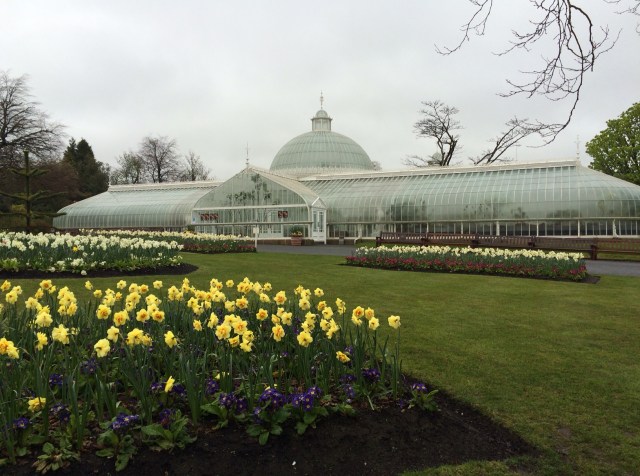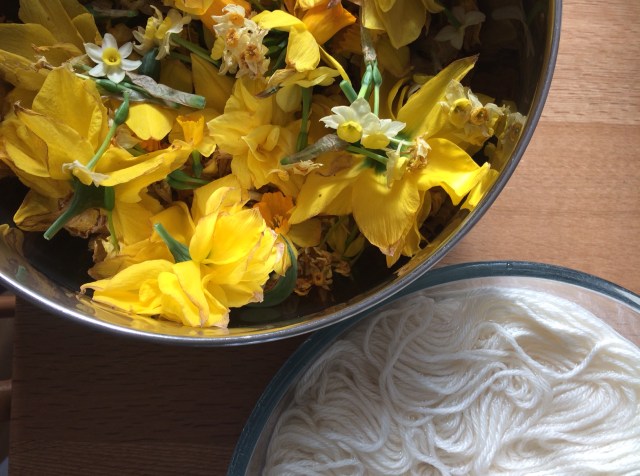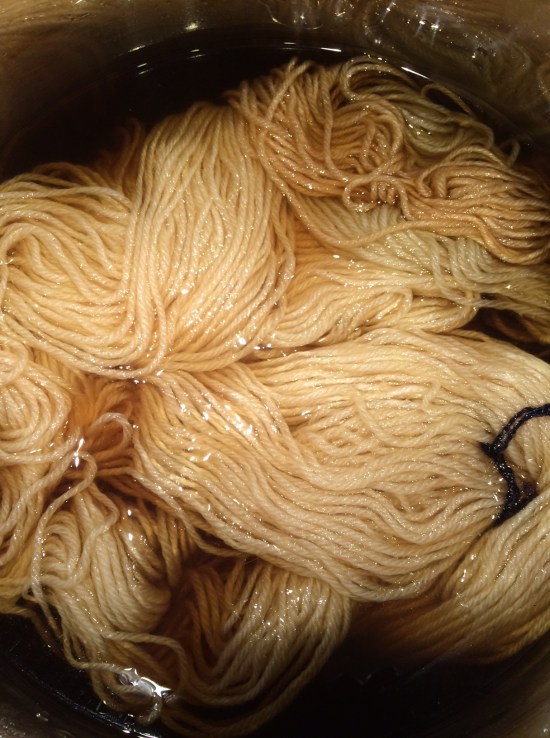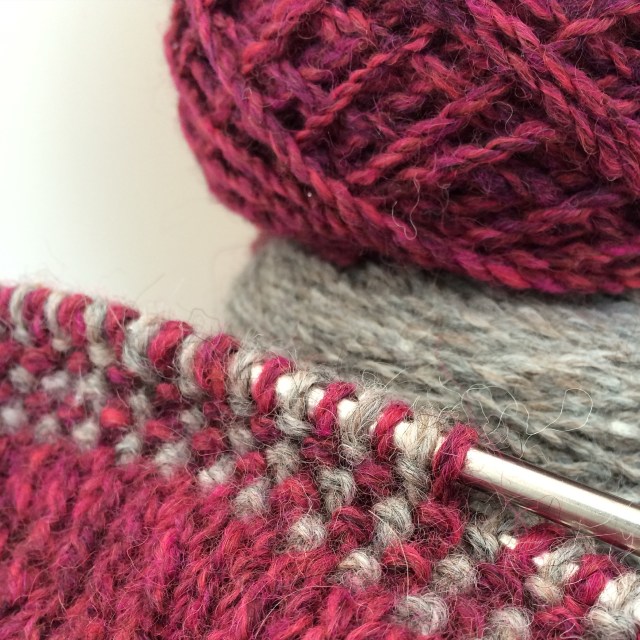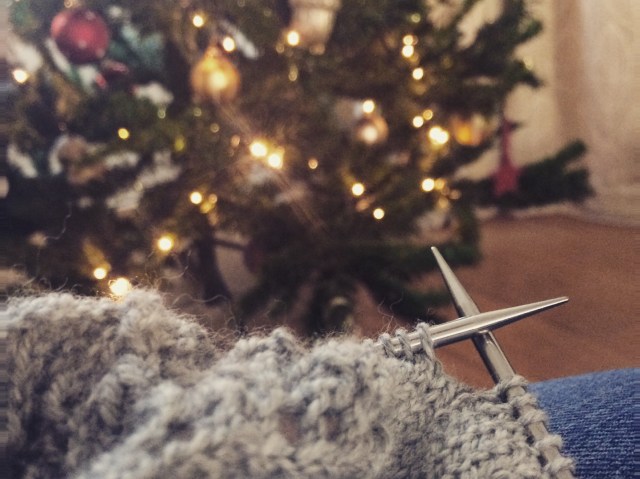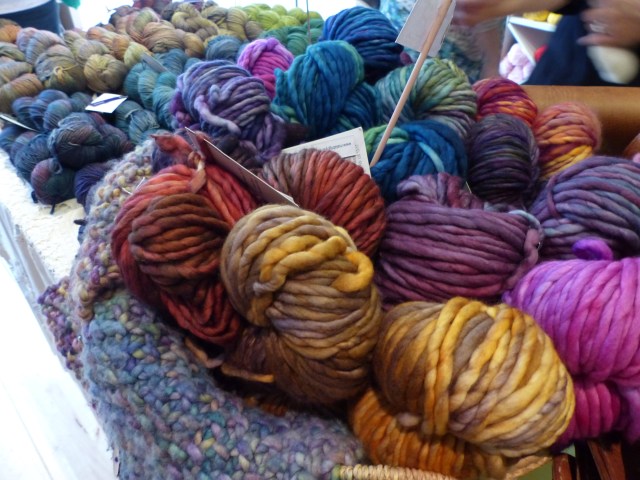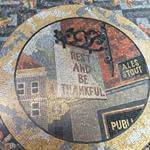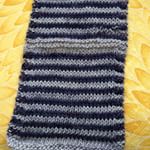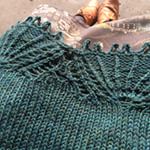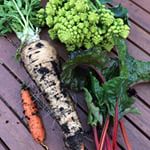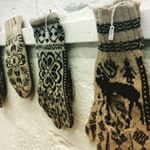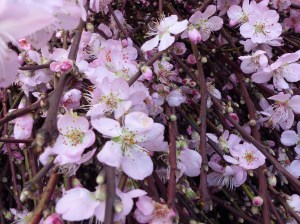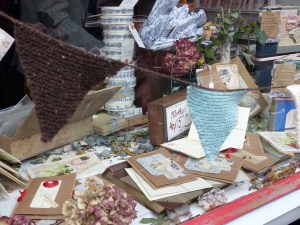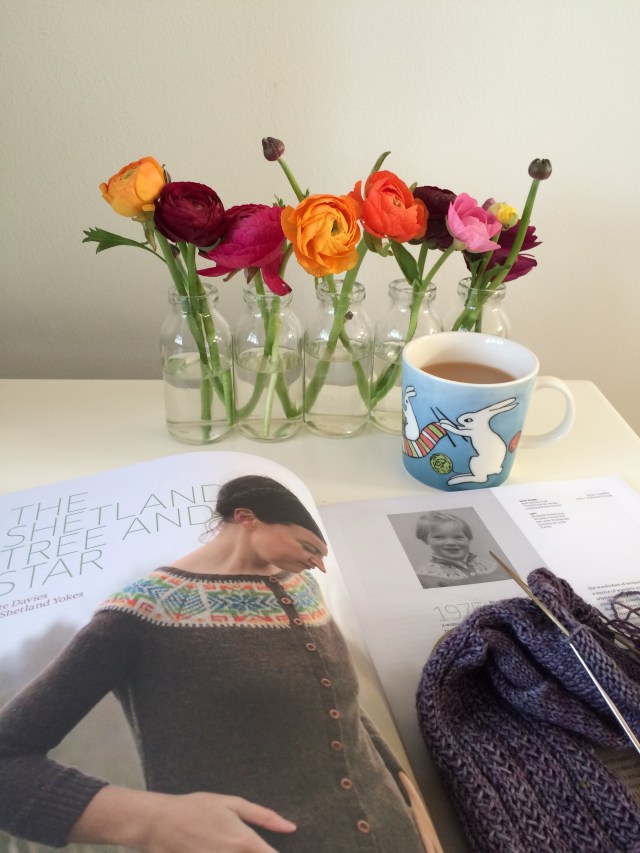Me Made May 2017 is drawing to a close, and I’ve been reflecting on how it’s been. It’s the second year I’ve taken part. At the start of May I pledged to wear me-made clothing as often as I could during the month, and to share photos to document it when I did. I also wanted to add some sewn items to my handmade wardrobe, and to finish at least one of the garments I had on my knitting needles.
So how did I get on?
I managed to wear and share a photo of something handmade every day during May. There was plenty of repetition of favourite items, but I think that’s pretty normal. There are always certain garments that I reach for most often, and I also realised that I don’t have as many handmade items to wear in warmer weather, so I had to repeat items in order to stay cool when summer finally hit the UK towards the end of the month!
In terms of making, I didn’t manage to finish a knitted garment. I did some work on my Izumi sweater, by Natalie Selles, from Pom Pom Quarterly magazine, but I still have a sleeve and a bit, plus the neckband, to go before it’s finished.
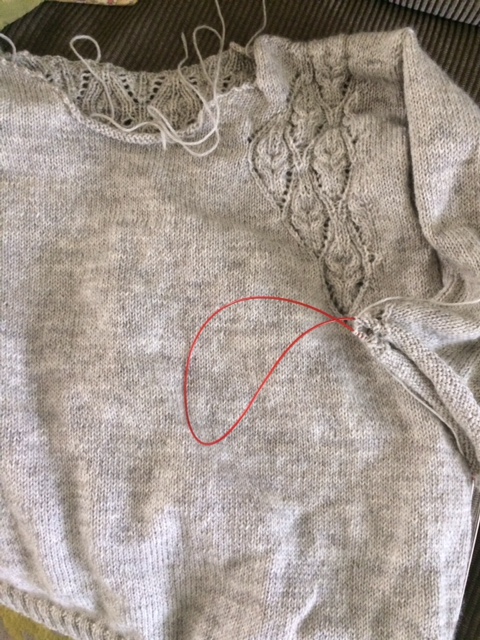
Izumi sweater work in progress
I was, however, really pleased with how much sewing I managed to do this month. It helped that I was able to keep my sewing machine out for the whole month. This made it much easier for me to do a short sewing session after work in the evening sometimes. During May, I managed to make two tops adapted from 100 Acts of Sewing’s Dress No 2 pattern (made into an A-line top), plus a 100 Acts of Sewing Shirt No 1 which I made after getting my sewing machine out on 30 April for Me Made May, a Merchant and Mills Camber Dress, and a toile of another dress.
That’s more sewn pieces in one month than I had in my handmade wardrobe in total before I started! I’m also really happy that I love the things I made, and all of the patterns are items I can see myself making again.
I’ve also found Me Made May to be incredibly inspiring. I have loved following the #mmmay17 hashtag and admiring the skill, taste, colour choices and outfits of others who are taking part. I’ve found some really interesting makers and designers to follow and I’ve also found new patterns that I want to make. I love how generous and encouraging the community around this event is, and have had some really great conversations with people on Instagram about our makes.
I’ve identified some gaps in my wardrobe. I have fewer cardigans than pullovers. I also need to build up my summer wardrobe and make items that I can wear for work. I want to continue building my sewn wardrobe, which is in its infancy, and I definitely need some handmade garments for my bottom half! I have realised that I am aiming, ultimately, over the next few years, to get to the point where my default practice is making my clothes, rather than buying them.
Taking part in Me Made May this year has given me a bit of a confidence boost. I have been slowly trying to build up my handmade wardrobe, and seeing all my makes photographed across the month has shown me that I’ve actually made a lot of progress, and I have some handmade garments that I really love.
On a more general note, I think that it’s been good for me to photograph myself every day. I avoid having my photo taken and don’t tend to share photos of myself. Being able to share a daily photo (even if it’s essentially of my left shoulder) is quite a big thing for me, and it’s been a really supportive place in which to do it, as the feedback has been about what I’m wearing, rather than how I look. I love the way that Me Made May floods social media with photos of people of all shapes, sizes and styles, who are proud to show what they have made. The images are diverse and joyous, and I love looking at them.
I’m already looking forward to taking part next year, and I hope to have made further progress on my handmade wardrobe over the next 11 months. I’m really grateful to Zoe at the So, Zo What Do You Know? blog for coming up with this amazing idea eight years ago, and building such a great community around it, and to everyone who has been part of the sharing and conversation. See you next year!











